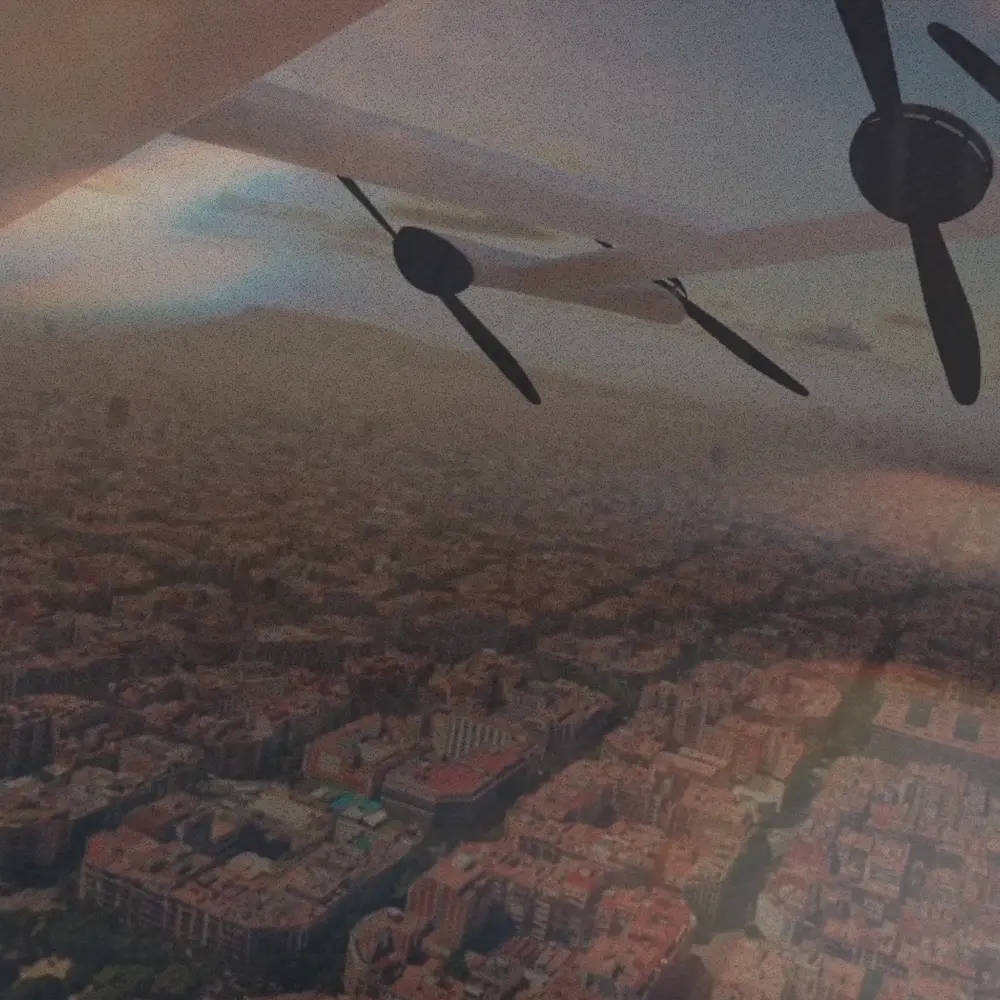TECHNOLOGY
IMMERSIVE TECH
USE CASE
TURISM
CLIENT
The region of Cinco Villas has 30,622 inhabitants, where the Church of San Miguel is located, which lost its heritage in 1920. The town council asked us to recreate the heritage of the gate and make a guided tour with augmented reality.
GOAL ACHIEVED
To revive tourism in the area by offering guided tours with augmented reality, allowing anyone to discover the lost heritage of the church gate.
The rich heritage of Cinco Villas
In the heart of Aragon, the Cinco Villas emerge as an incomparable historical and cultural treasure, a living mosaic that recounts centuries of history and tradition. The beauty and rich heritage of this region is not only a legacy for its inhabitants, but a priceless cultural gift for everyone who visits, inviting you to explore and discover the secrets kept in every corner of this fascinating enclave of Aragon. And to boost tourism and promote knowledge of the heritage attractions of the region, from DeuSens together with Integra, in collaboration with the Cultural Heritage Laboratory of Cinco Villas, we developed this Augmented Reality project, which through a mobile app complemented the tourist experience of visitors using technology and creativity.
Heritage reconstruction using Augmented Reality
Through Augmented Reality we created this HyperExperience to recover those monuments, relics and other objects of the heritage of the region that are not preserved in their place of origin. In this way, when visiting the specific place, where in the past they could be seen but now no longer, visitors could use their Smartphone to scan the place and place virtually through Augmented Reality a 3D modeled recreation of the lost heritage. The most obvious example was the old gate of the Church of San Miguel in Uncastillo, which in the early twentieth century was sold to the Museum of Fine Arts in Boston, where it is currently located and therefore cannot be seen in its original place. In this way, thanks to this Augmented Reality app, users could visualize how the church was originally built, being contemplated complete by including the original gate in 3D.
Virtual guide with volumetric video and Augmented Reality
The second of the developed solutions used Augmented Reality for virtual guides to accompany and assist visitors during the tour of monuments or museums, for example, visualizing through their Smartphone. The guide can be a character created completely virtually by 3D modeling, but it can also be a real person captured by 3D volumetric video, as you can see in this example. This technology makes it possible to record a person from all angles, in 360º, thus generating a video that is no longer flat but three-dimensional, capturing the volume of the person who has been recorded. The user only had to access the app, select the virtual guide option and point their mobile device at the corresponding monument. At that moment, the virtual guide appeared on the screen, integrated into the real scene, and provided detailed information about the monument in question.
Ready to take the leap to hyperexperience?
SIMILAR PROJECTS

“Pick the future” | Roblox Experience for the Xataka NordVPN 2024 Awards


Creative experiences using AI at Marketing Forum 2025 | Project for GB Foods

Virtual Environment Unreal Engine 5 | Abu Dhabi Public Health Center

Integrity Simulator | The first eVTOL flight takes place in Virtual Reality









 RETURN
RETURN







